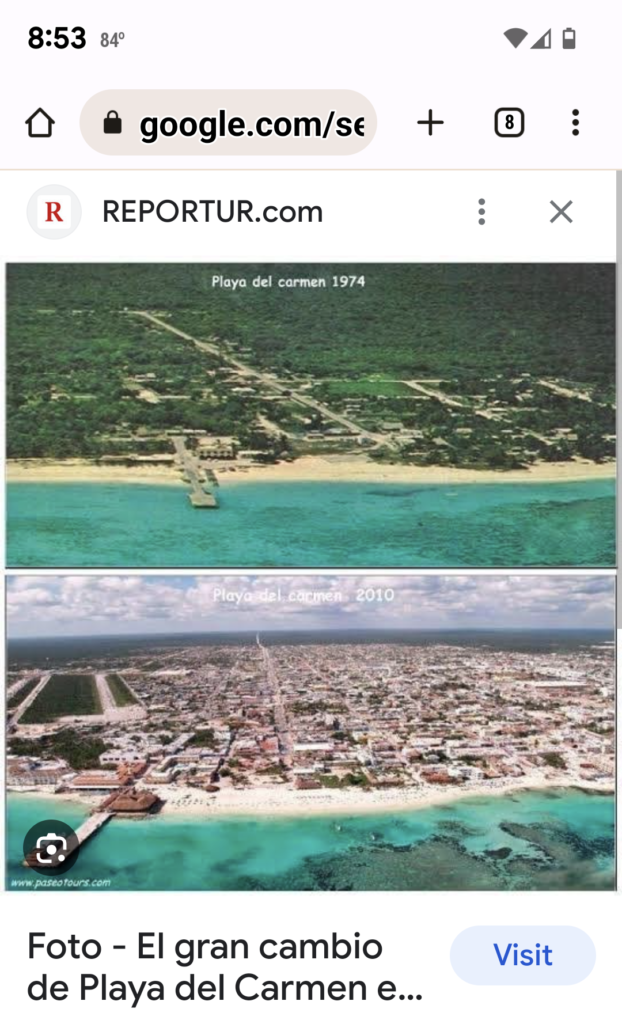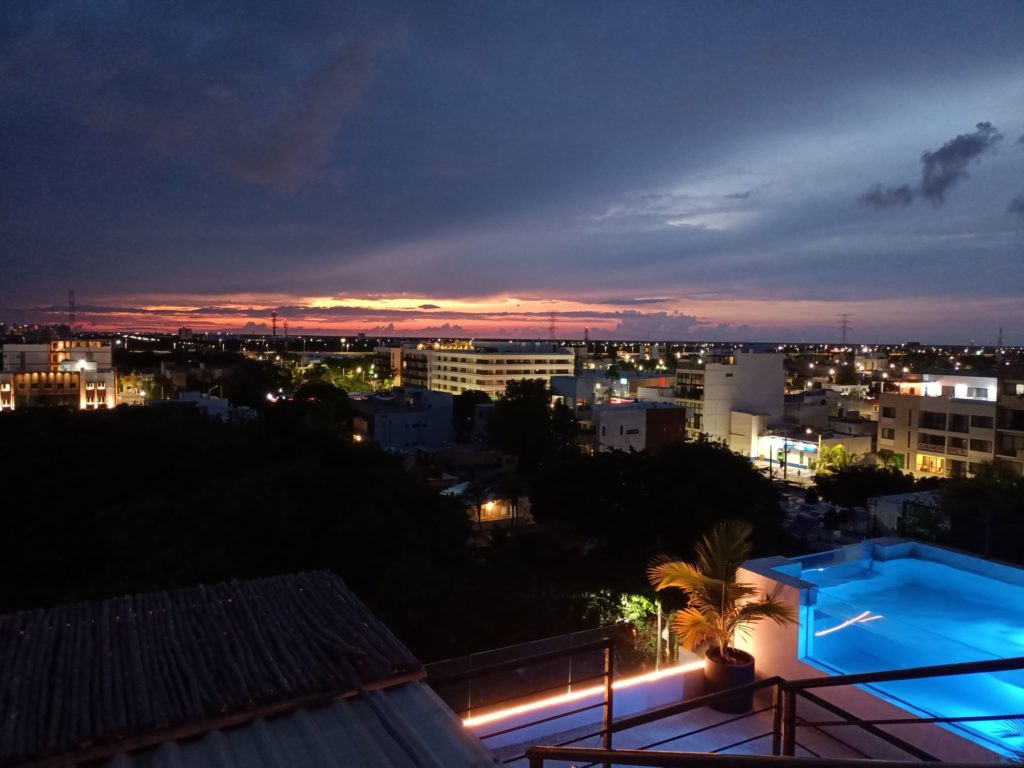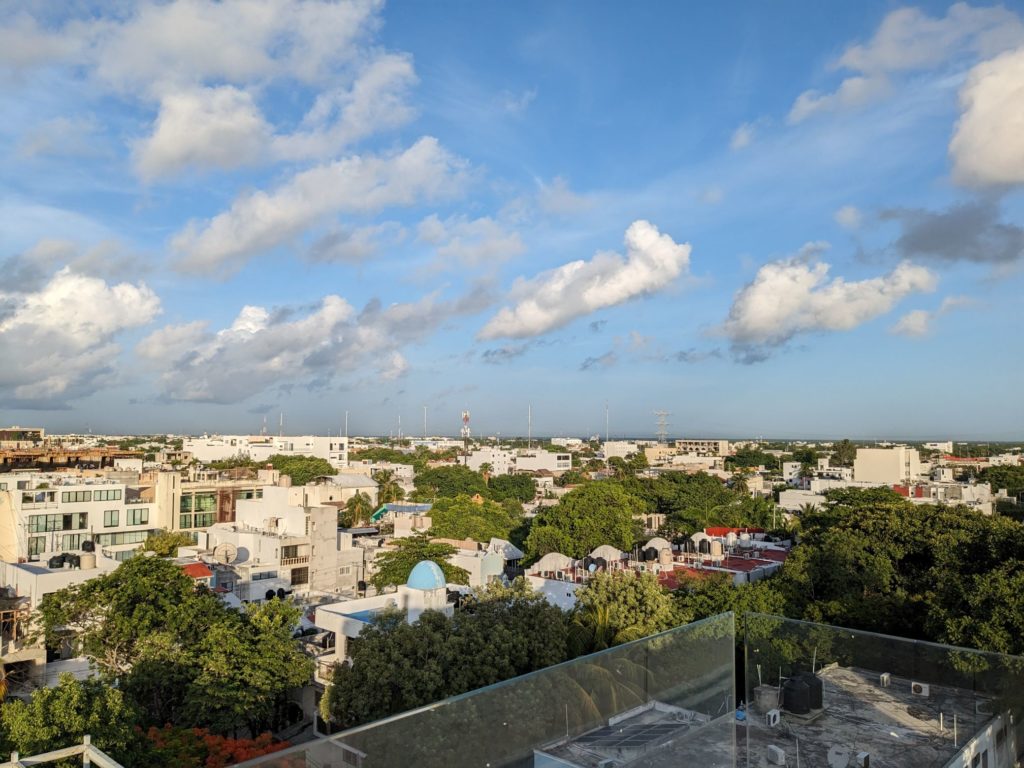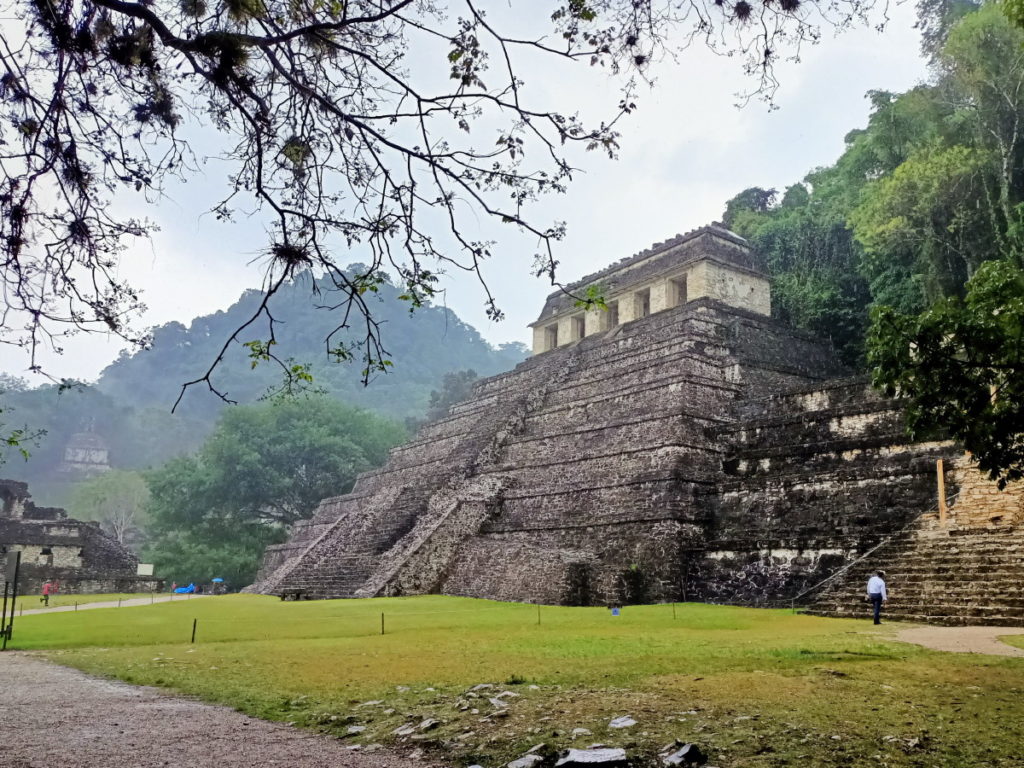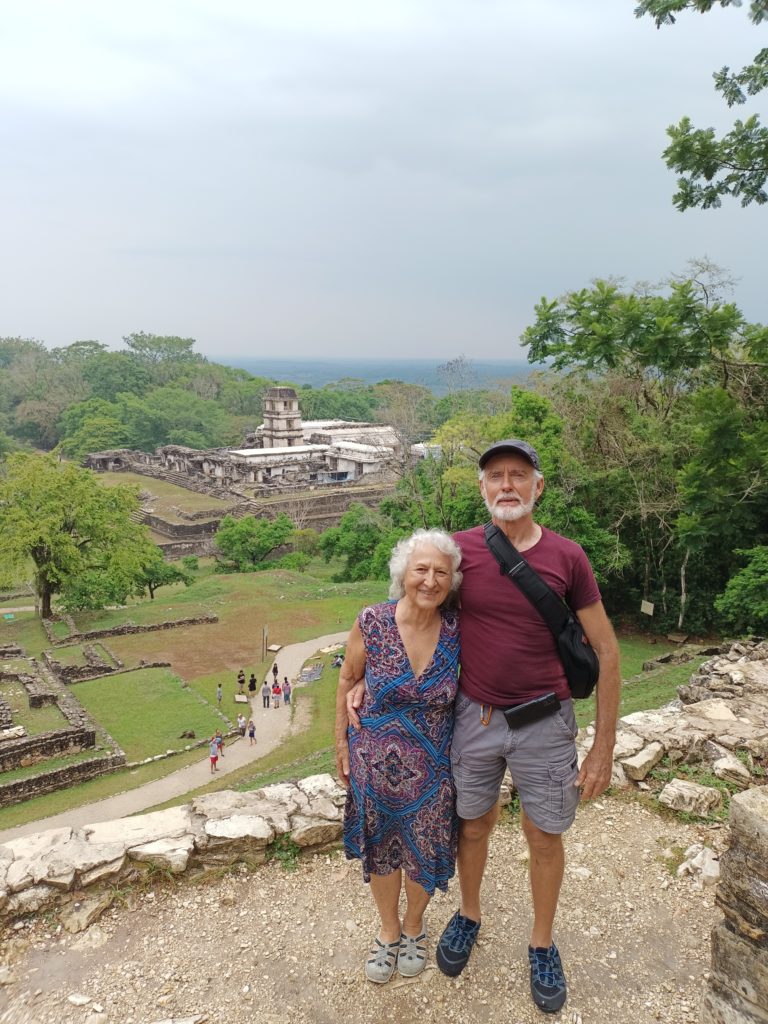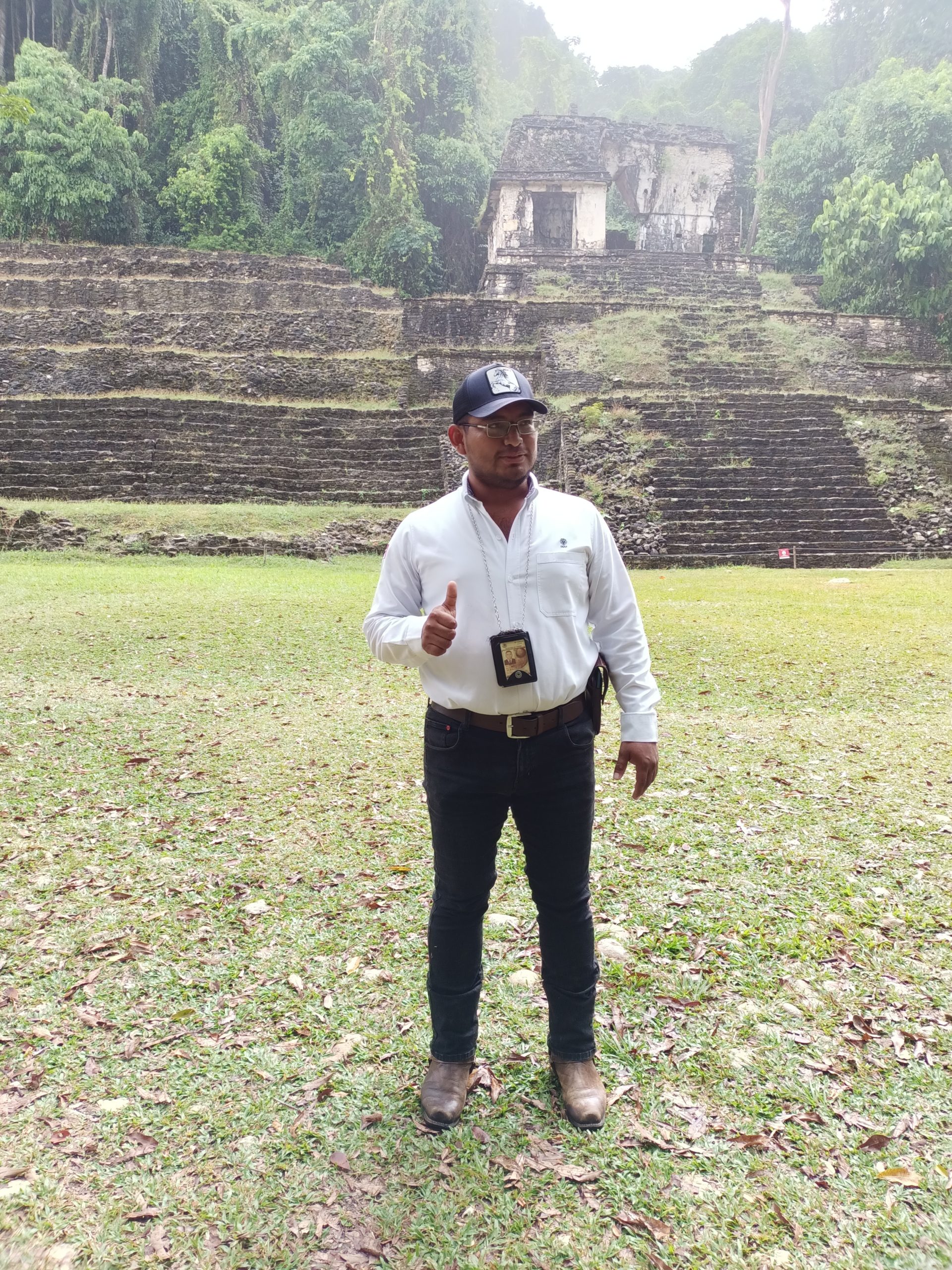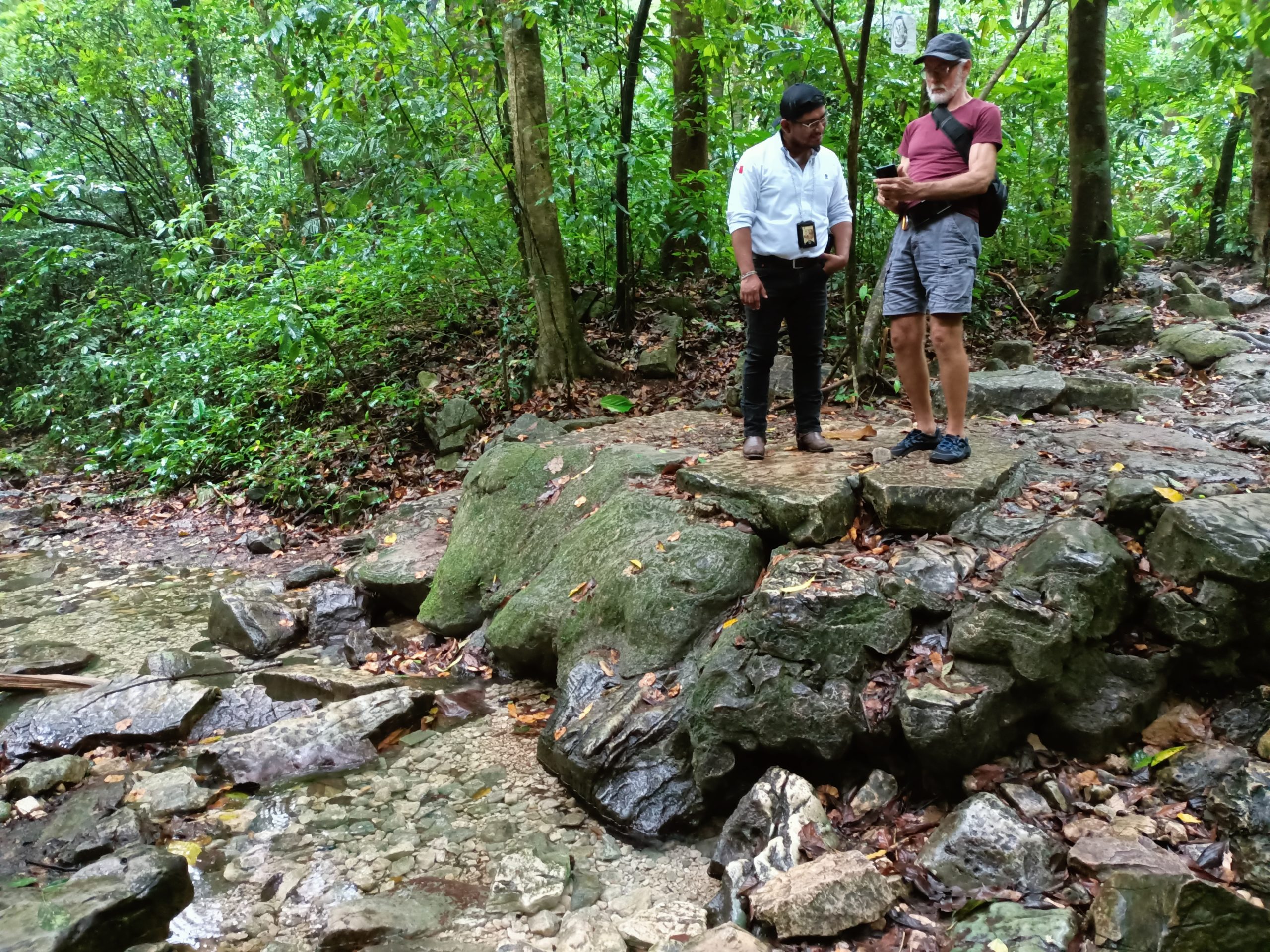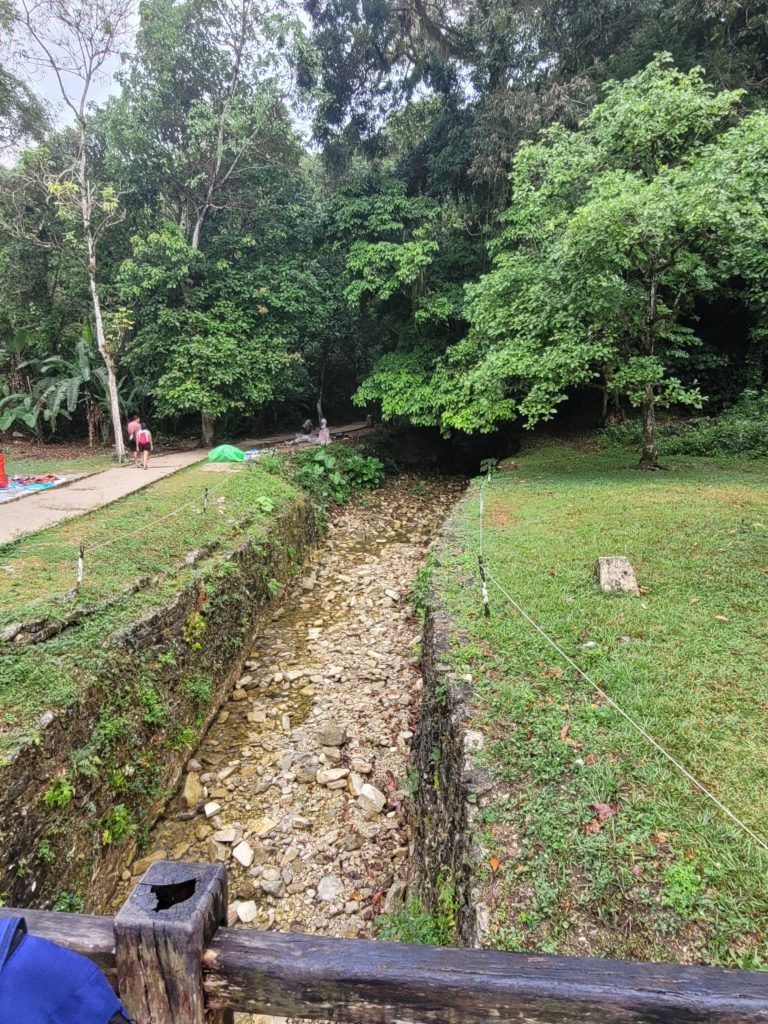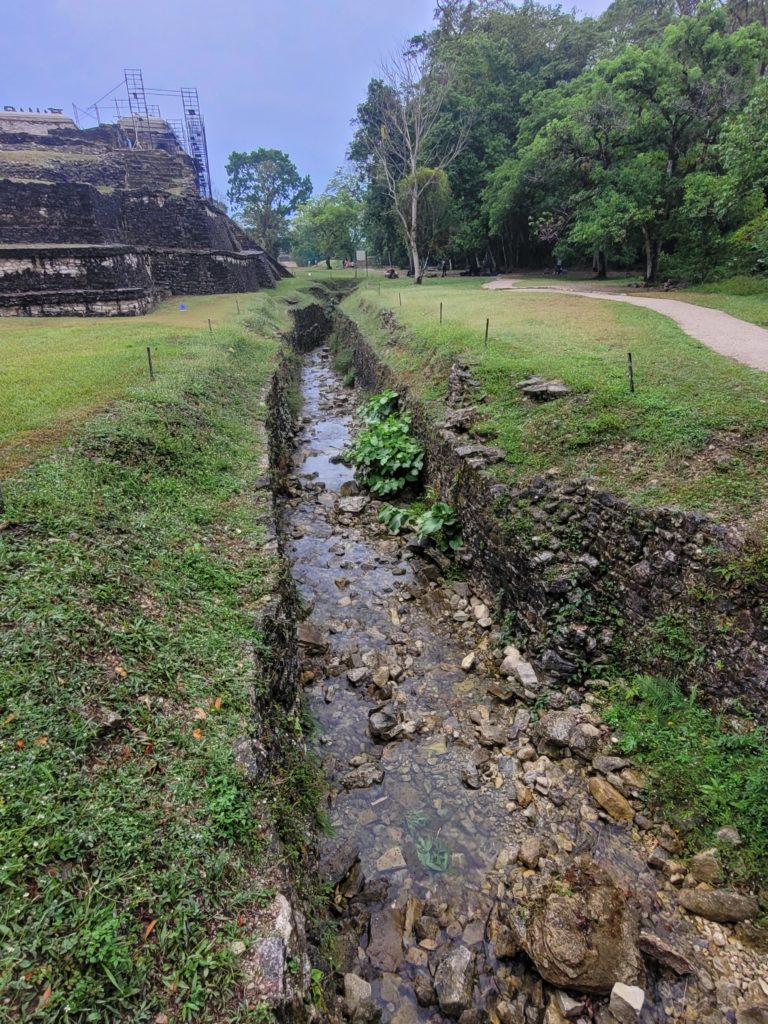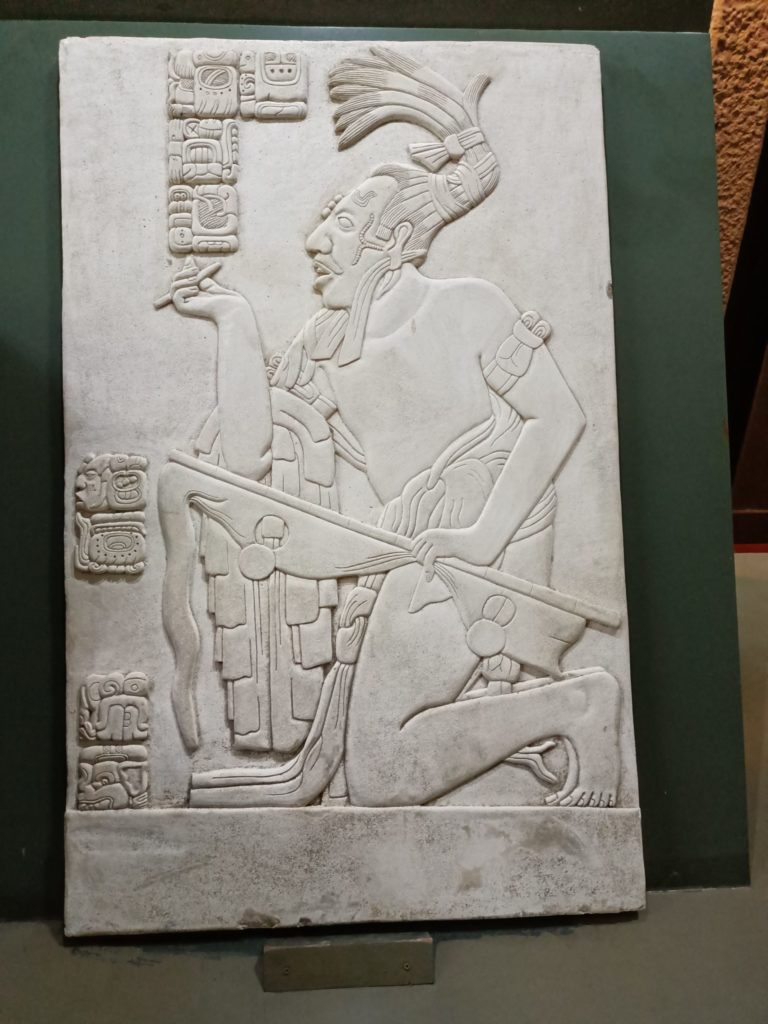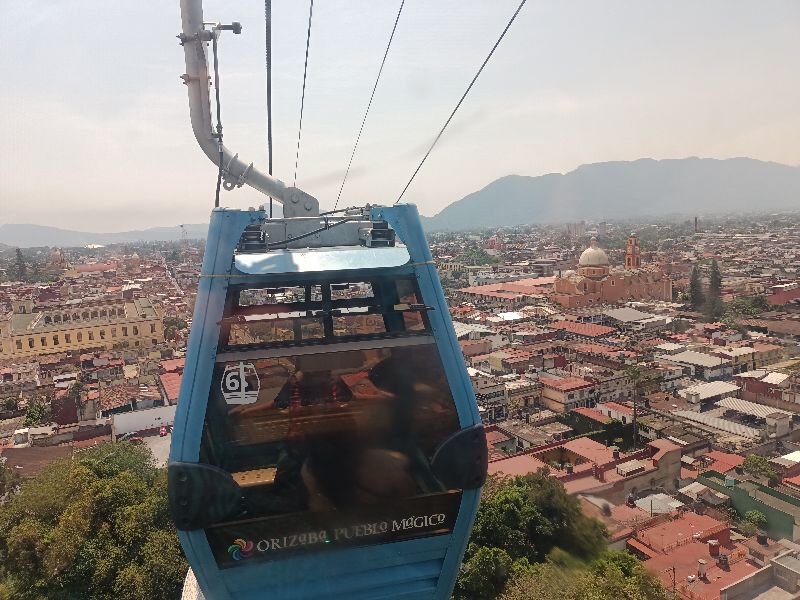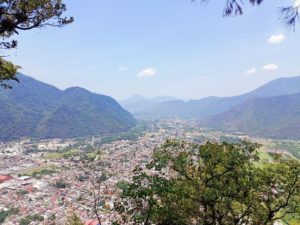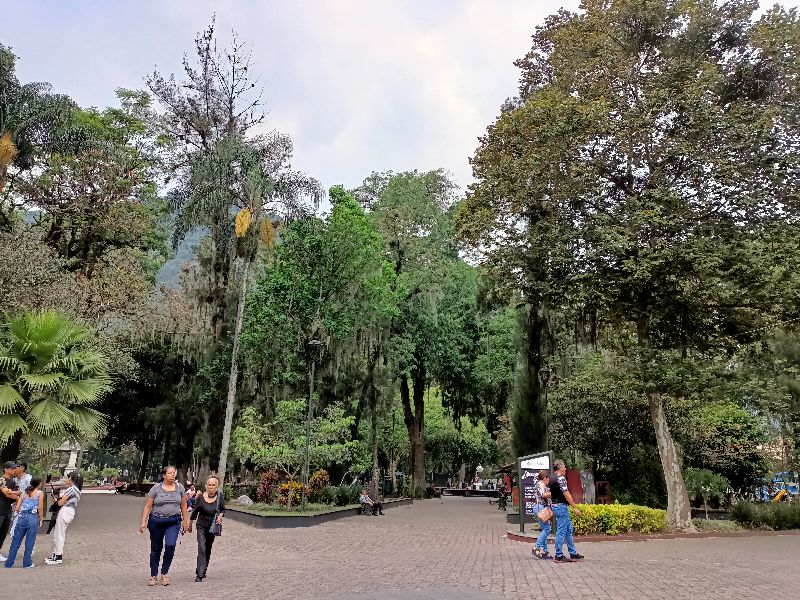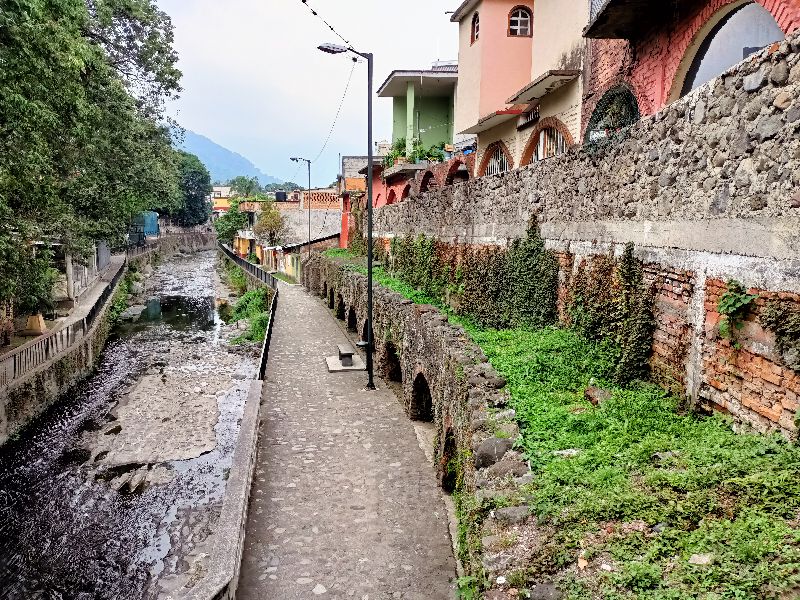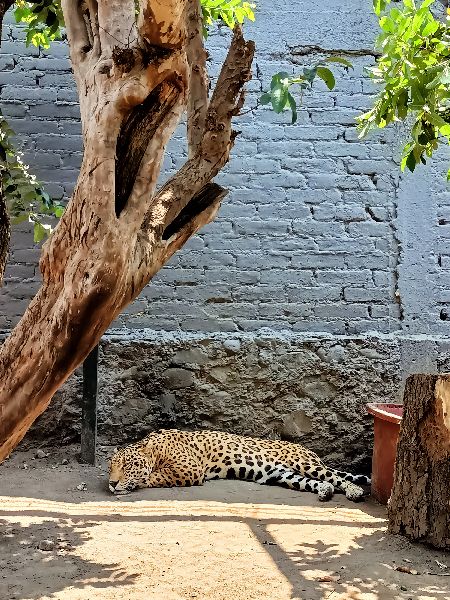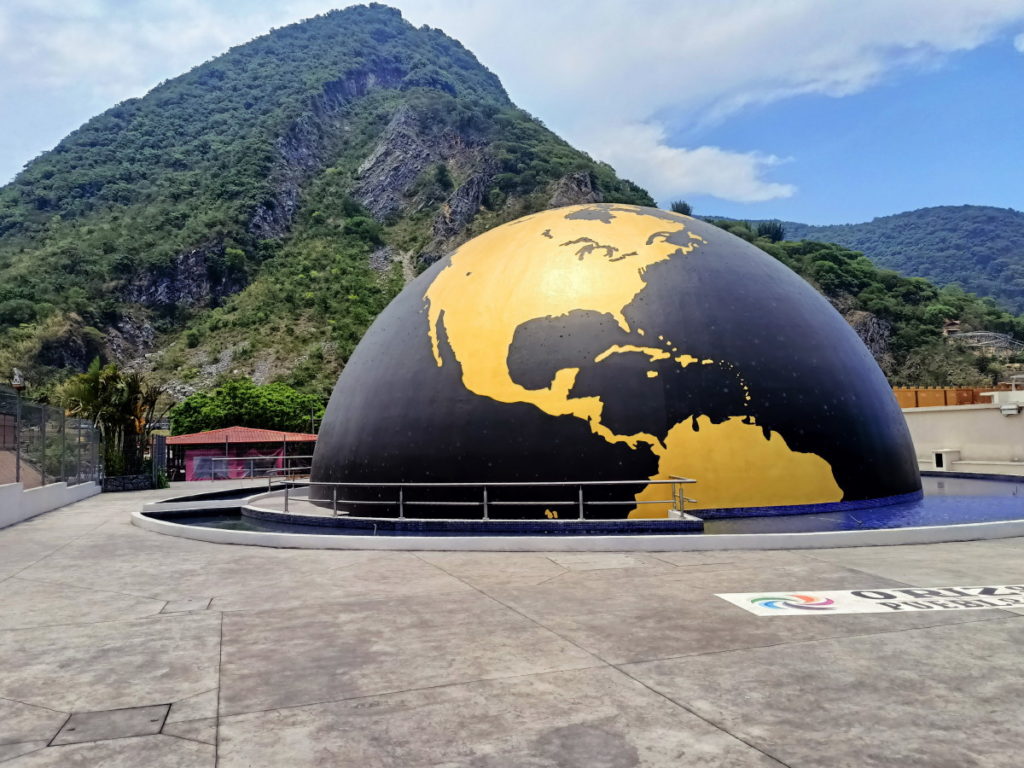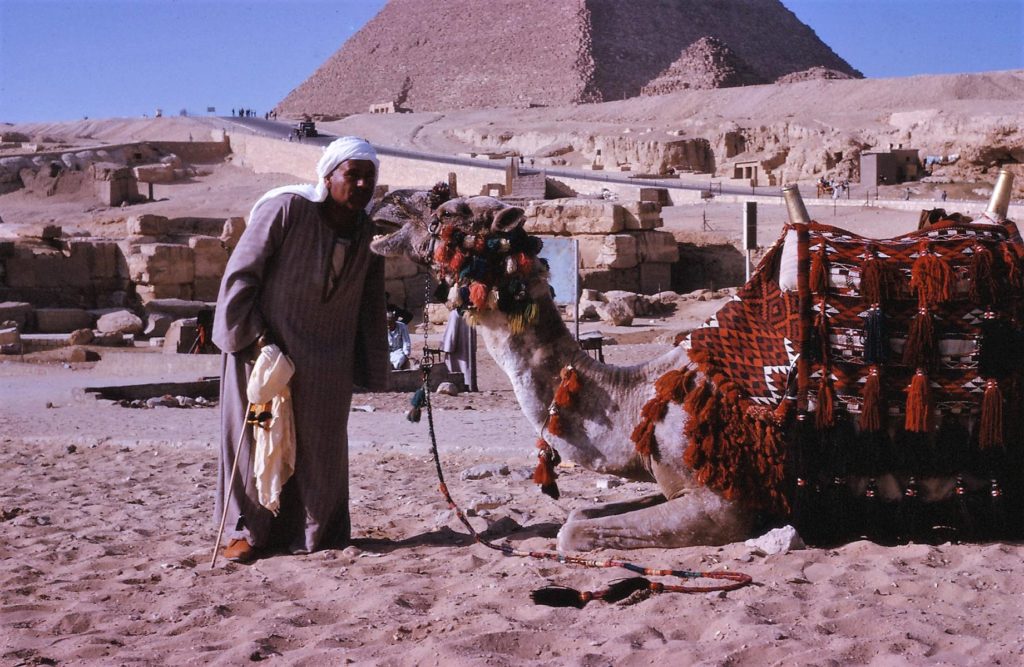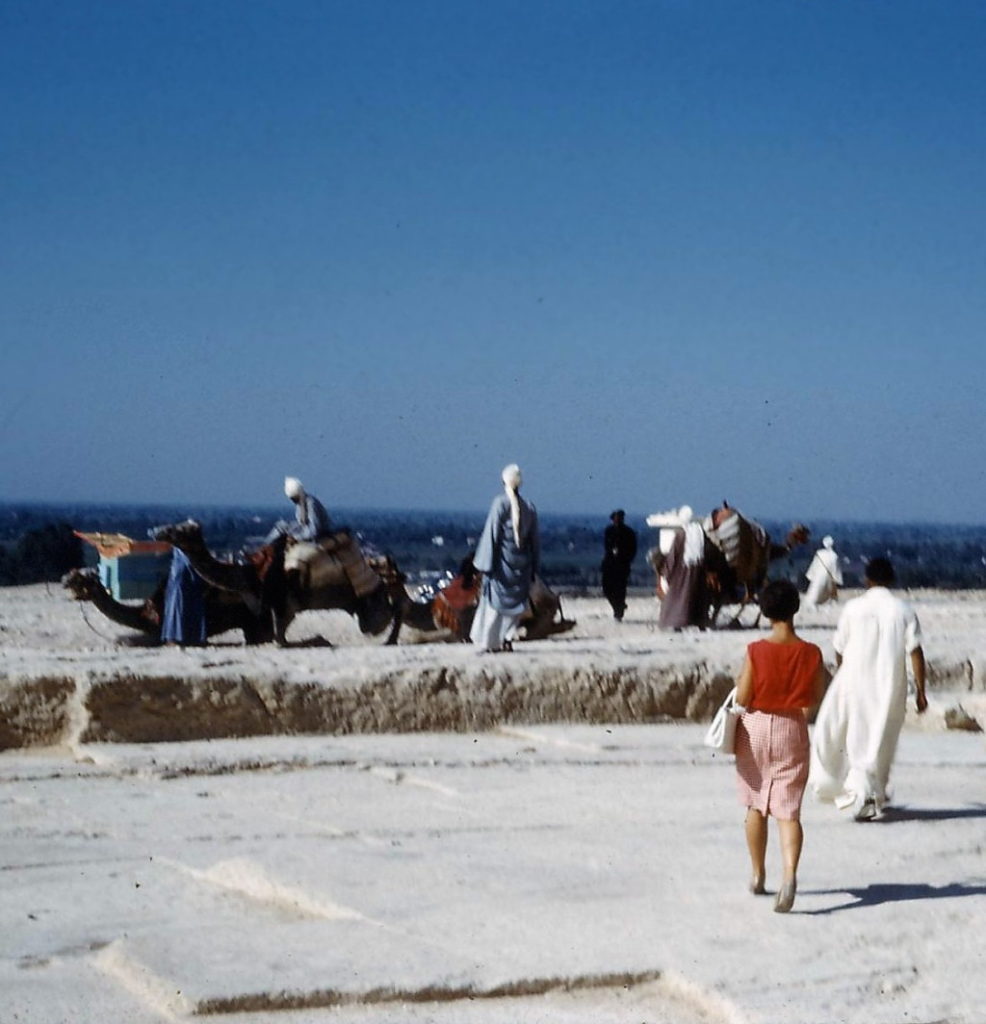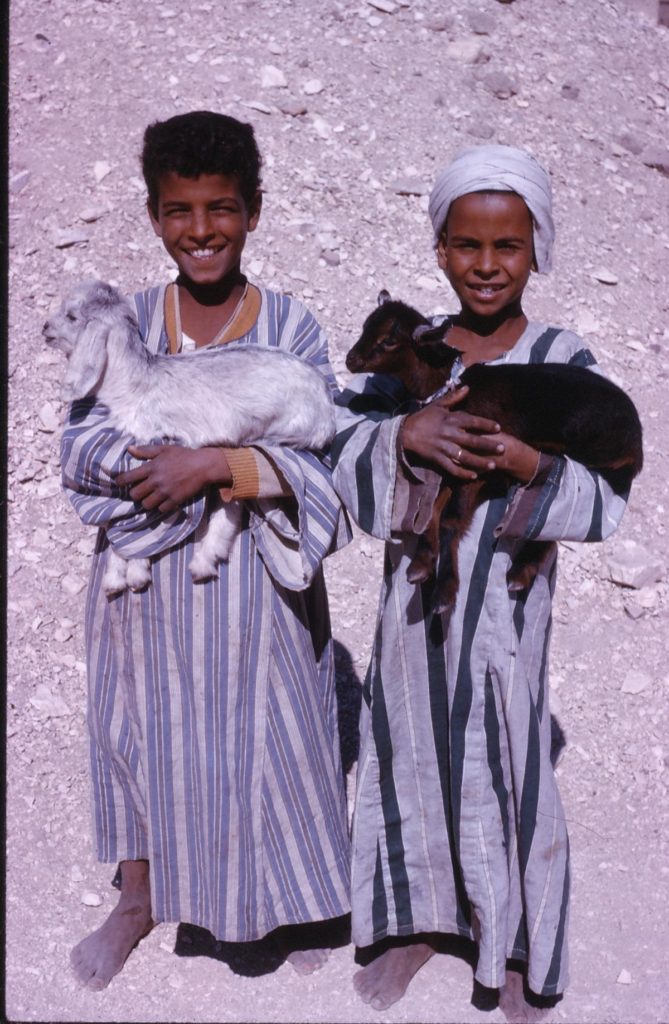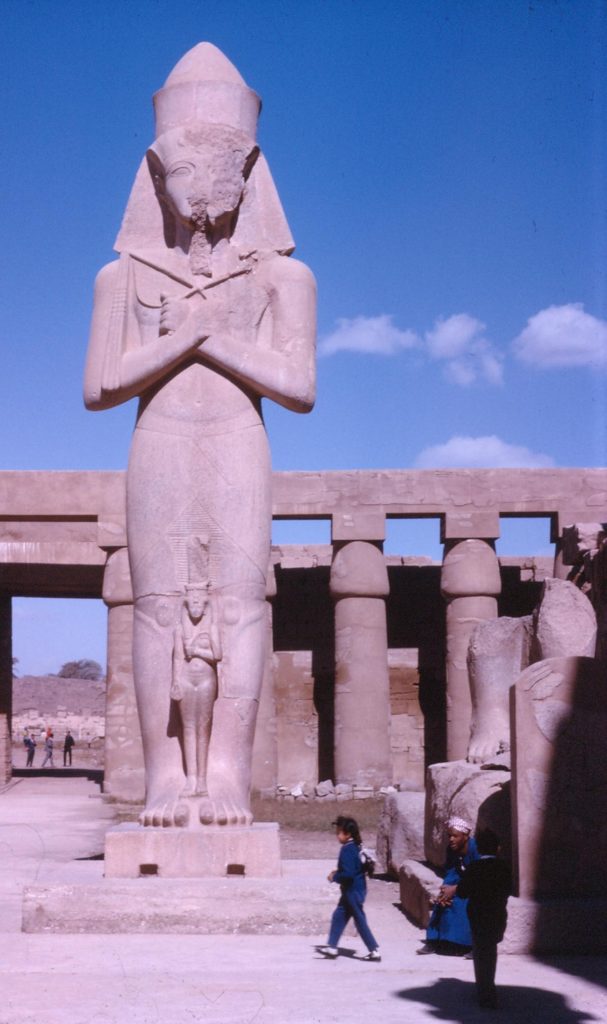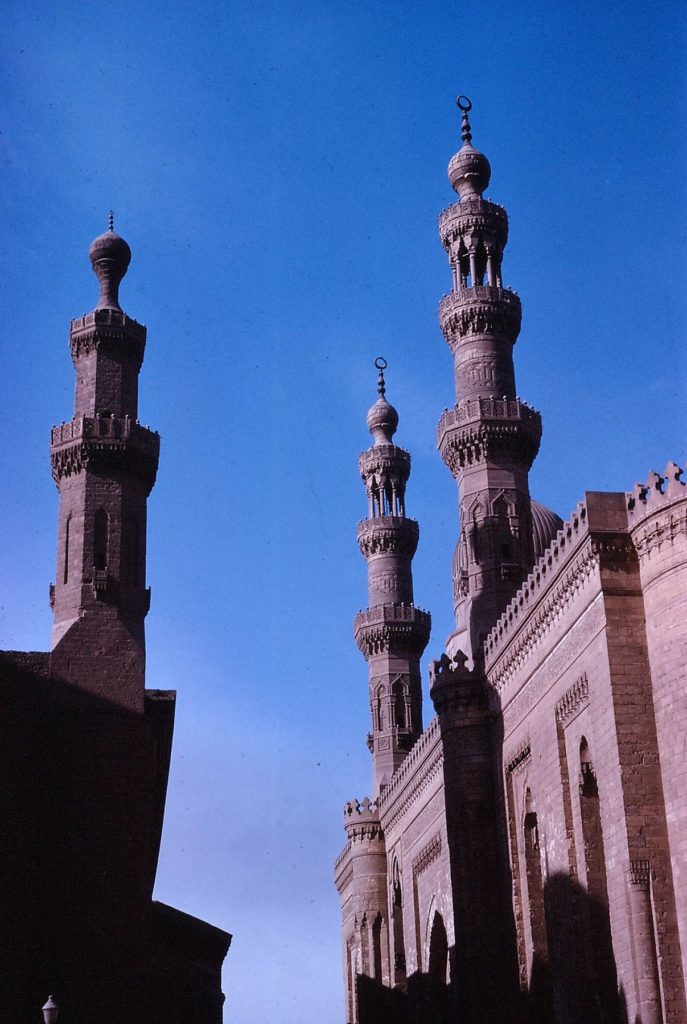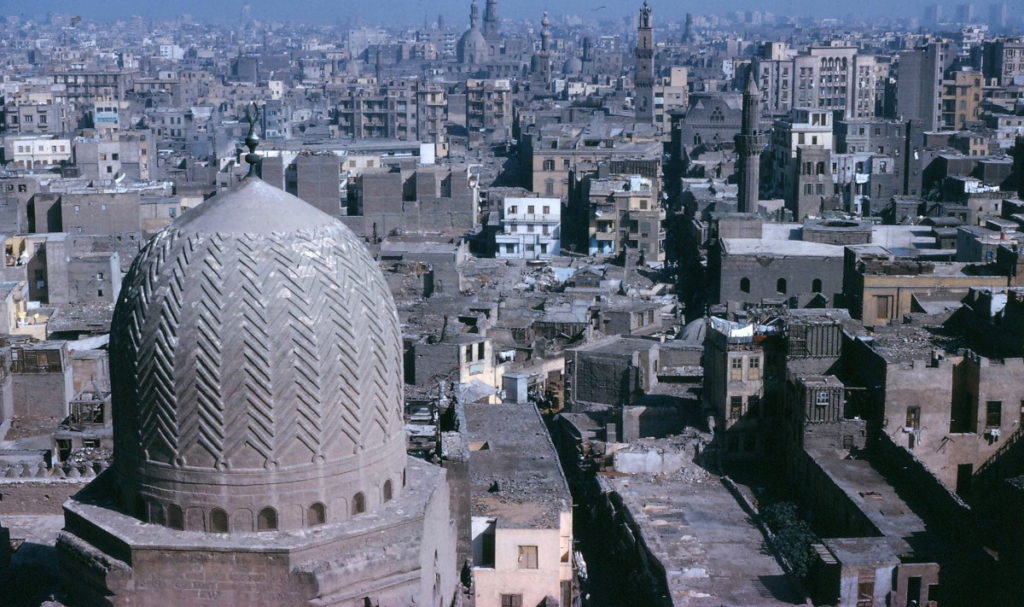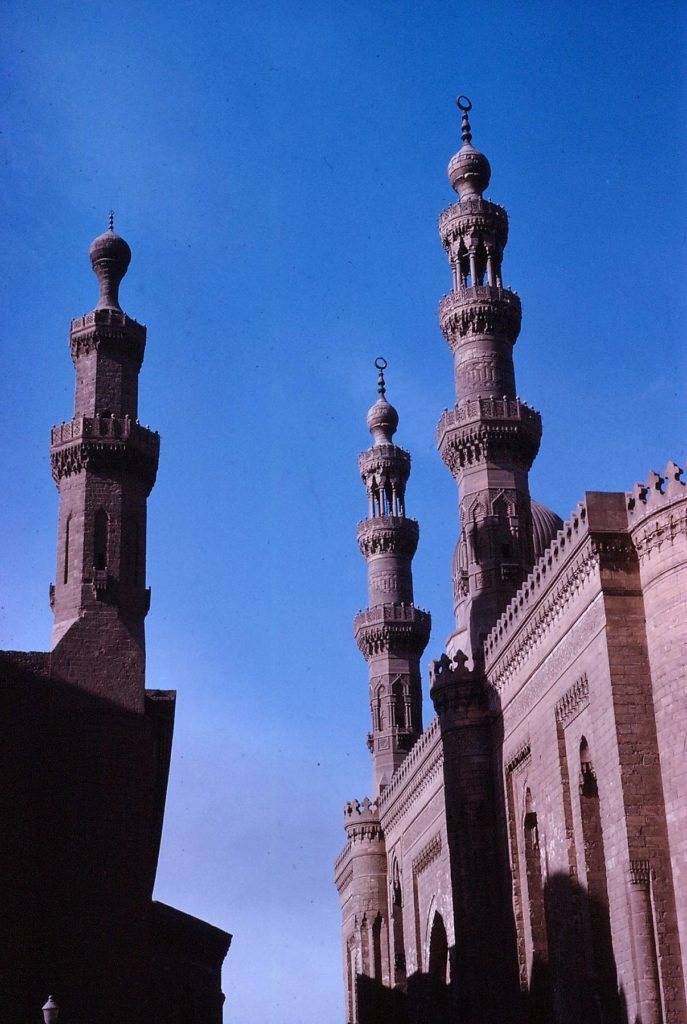Relocation astrology is a relatively recent branch of astrology. It isn’t one of my specialties, but I am aware of it and calculate relocation charts from time to time. Astrology software quickly calculates relocation charts, so I often look at them to see how different places might affect me. But I haven’t actually made any serious choices using them.
Since leaving California, Robert and I have been traveling through Mexico. It’s been an exciting journey for us – a journey of connection to each other and exploration of the greater world. We have not yet integrated into a community anywhere, as we’ve been moving a little too fast for that. At the same time, we haven’t had a sense of social isolation.
Relocating to Playa del Carmen
Shortly after arriving in Playa del Carmen, we signed a 6 month lease for an apartment. All of a sudden, after signing that lease, I felt very very lonely. I felt like I was in a trap. The sense of isolation surprised me. After a few days went by with no change of mood, I remembered to create a relocation chart for this area.
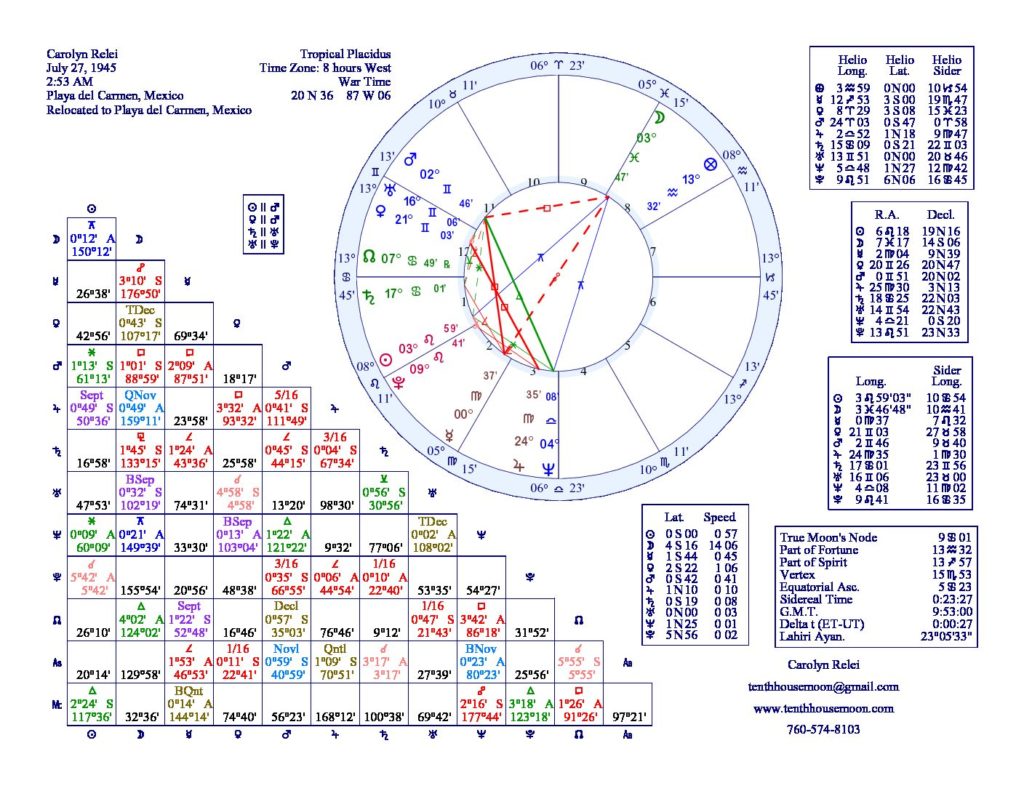
All of a sudden I could see it quite plainly, my Moon is in the 8th House here. Saturn is in my 1st. My friendly natal Venus in Gemini is in the 12th in this location. A big chunk of my depressive feelings lifted as I saw that it was locational and situational. It wasn’t Robert isolating me, it was a locational choice and I am free to move, albeit with a loss of money. Interestingly, moving here coincides with transit Saturn conjoining my natal Moon. So it is as if I moved to a place, unknowingly, where the energy of the Saturn conjoined Natal Moon transit would be actualized.
A lesson I’ve learned is that traveling with the concept of just visiting is totally different than committing to stay, in the same way that dating is different from marriage. Astrology speaks to all these conditions, and the next time I get ready to sign a lease I’m going to be sure to check my locational astrology chart.


